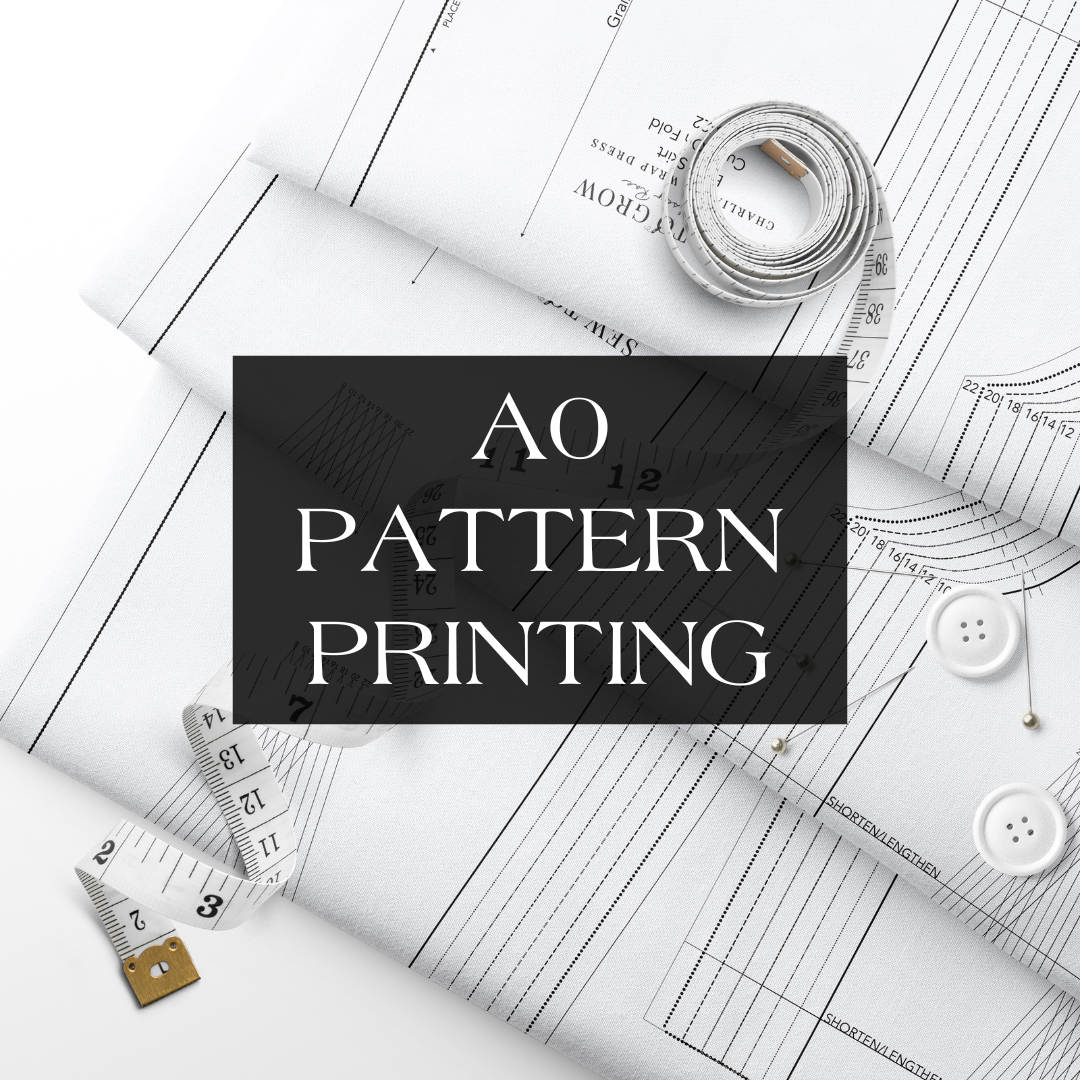If you've ever purchased fabric with a design on it, you may have wondered how it was printed. The truth is, there are a few different methods that can be used to print designs onto fabric. In this blog post, we'll be taking a closer look at the three main methods of fabric printing: reactive printing, pigment printing, and sublimation printing.
Pigment Printing Fabric

Pigment printing is another method of printing designs onto fabric. Unlike reactive printing, which uses a dye that bonds with the fabric, pigment printing uses a pigment that sits on top of the fabric. The pigment is applied to the fabric in a specific pattern, which creates the design.
Pigment printing is that it is a simpler process than reactive printing, and it can be done with standard equipment. One of the major positives of pigment printing, if the ink is heat set, is that it can be much more durable than reactive printing. This is because the pigment sits on top of the fabric and is not absorbed into the fibers like with reactive printing. As a result, it won't fade as quickly from washing or exposure to sunlight.
Pigment printing can be used on a variety of fabrics, such as cotton, polyester, and other synthetic materials. It is also possible to print on silk and other natural fibers.
Reactive Printing Fabric
Reactive printing is a popular method of printing designs onto fabric. This method involves using a reactive dye that is able to bond with the fibers of the fabric. The dye is applied to the fabric in a specific pattern, which creates the design. The fabric is then washed to remove any excess dye, and the design is left behind.
One of the benefits of reactive printing is that it produces vibrant colors that are able to withstand washing and exposure to sunlight. The downside is that it can be a complicated process that requires special equipment and expertise.
Reactive printing is suitable to use for a range of natural and manufactured fibre fabrics.
Sublimation printing
Sublimation printing is a newer method of printing designs onto fabric. This method involves using a special ink that is able to bond with polyester fibers. The design is printed onto a transfer paper using the special ink, and then the paper is placed onto the fabric and heated. The heat causes the ink to turn into a gas, which bonds with the fibers of the fabric and creates the design.
One of the benefits of sublimation printing is that it produces vibrant colors. However, it can only be done on polyester fabric, which limits its versatility.
Pre-treating fabric for printing

Natural fibre fabrics, such as cotton, linen, and silk, have a highly absorbent nature which makes them ideal substrates for printing. However, before printing on these fabrics, it is essential to pre-treat them to ensure optimal print results. Pre-treatment involves a series of processes that prepare the fabrics to receive the ink and improve the final result.
One of the primary reasons why pre-treatment is necessary is to remove any impurities that may be present on the fabric's surface. These impurities can affect the ink's adhesion to the fabric, resulting in a poor-quality print. Pre-treatment also helps to remove any sizing or finish that may have been added to the fabric during the production process, allowing the ink to penetrate the fabric's fibers evenly.
Another reason why pre-treatment is crucial is that it helps to increase the fabric's absorbency. Natural fibre fabrics have a relatively low level of absorbency due to their tightly woven fibers. The pre-treatment process involves the use of chemicals that open up the fabric's fibers, allowing the ink to penetrate more easily, resulting in a more vibrant and long-lasting print.
Pre-treatment is also critical for ensuring that the ink adheres firmly to the fabric. The chemicals used in the pre-treatment process help to make the fabric's surface more receptive to the ink, resulting in better adhesion and less chance of the ink flaking or washing out over time.
In summary, pre-treatment is necessary when printing on natural fibre fabrics to achieve optimal results. It helps to remove any impurities or finishes, increase the fabric's absorbency and make the fabric more receptive to ink, ensuring a high-quality and long-lasting print.
The chemicals used to pre-treat the fabric are not harmful and wash out when the fabric is first washed leaving a lovely vibrant design.
Conclusion

In conclusion, there are three main methods of fabric printing: reactive printing, pigment printing, and sublimation printing. Each method has its own benefits and drawbacks, and the method that is best for a particular project will depend on a variety of factors, including the desired colors, the type of fabric being used, and the equipment available.
At Melco Fabrics, we take pride in our commitment to using cutting-edge pigment printing technology, which enables us to produce high-quality prints on our premium natural fibre fabrics. The process creates a soft and breathable finish that is comfortable to wear, making it an ideal choice for apparel applications. Our pigments are also resistant to creasing and shrinking, ensuring that our fabrics maintain their shape and quality even after multiple washes.
Whether you're a hobbyist or a professional, understanding the different methods of fabric printing and how the printing technique used to create designs on fabric plays a crucial role in the final appearance and quality of the product.





Comments
Word games challenge minds, enhance vocabulary, foster creativity, and provide delightful entertainment for all. Enjoy! https://playwordgames.org
Monkey Mart game invites you to manage a lively store, cater to adorable customers, and enjoy solving entertaining puzzles for a delightful gaming experience. https://quillfulgames.com/monkey-mart
Phrazle game: A delightful word puzzle sparking language prowess, providing endless enjoyment for gamers of diverse interests. https://phrazle.website
It’s a great little read to get an understanding of the different processes. I too have the same question as Frills, do you do smaller print runs?
I’d be looking at about 5 prints at about 20m each for an ongoing standard range. Volume of print runs will increase with business growth.
Cheers Liz.
I really enjoyed reading about this process. I have designed and had printed a few lots of fabric now from spoon flower. I’m not sure how they print it, so at least I will be able to ask now with an understanding to the answer.
Do you print small runs like this. 6 metres for eg of an artists design .?
Regards Frills
I really enjoyed reading about this process. I have designed and had printed a few lots of fabric now from spoon flower. I’m not sure how they print it, so at least I will be able to ask now with an understanding to the answer.
Do you print small runs like this. 6 metres for eg of an artists design .?
Regards Frills